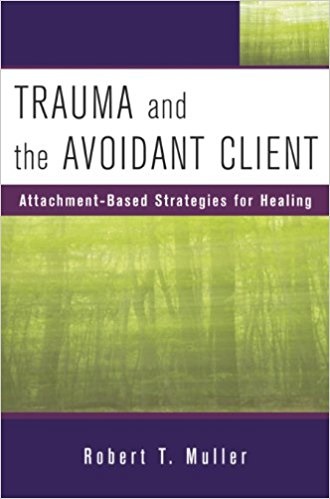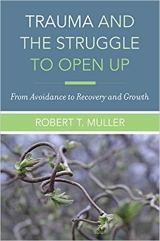
Girl, Interrupted
Girl, Interrupted, based on the memoir by Susanna Kaysen, is a powerful film about mental illness and being a young woman in a world that often misunderstands both. The story takes place in the late 1960s and follows 18-year-old Susanna after she survives a suicide attempt. She is diagnosed with borderline personality disorder and sent to a psychiatric facility at Claymoore Hospital. There, she must learn how to navigate her inner chaos while confronting a world that labels nonconformity as illness.
I first saw the movie when I was in my early teens. At the time, I was quietly struggling with anorexia. I did not yet have the words to explain how I felt. There was a constant sense of emptiness, a dull numbness, and the belief that I was either too much or not enough. Seeing Winona Ryder play Susanna gave me a strange kind of relief. She captured something I had not seen reflected before. Her sadness, her confusion, and her resistance felt familiar. The film did not offer a neat story or a simple solution, and that honesty made it feel real.
At Claymoore, Susanna meets several other young women who are also dealing with mental illness. There is Lisa, a charismatic and dangerous sociopath. Polly is sweet and deeply affected by schizophrenia, carrying visible burn scars. Georgina lies constantly, while Daisy is quiet, withdrawn, and dealing with obsessive eating rituals and suicidal thoughts. Each character is written as a real person. They are not just examples of illness. They have stories, personalities, and challenges that defy and transcend their medical labels.
The film, directed by James Mangold, avoids turning mental illness into something poetic or romantic. It looks closely at the way trauma, especially in women, is often ignored and/or misdiagnosed. The hospital is supposed to be a place of healing, but it can also feel more like a place of control. There are rules, punishments, and moments where the line between care and discipline blurs. And yet, in the middle of that impersonal system, the girls find warmth in each other. Laughing during late-night chats, they share secrets and cigarettes on windowsills, to form bonds that counter their loneliness.
One of the most heartbreaking parts of the film is Daisy’s story. She is played by Brittany Murphy who plays this role with sensitivity and depth. Daisy has strict routines and barely eats. She hides her pain behind rigid rules and neatness. Watching her story unfold was especially difficult for me, as I relate to the same drive to control everything, shrink, disappear, and make pain invisible while still needing it to be acknowledged. Daisy’s story shows how dangerous silence can be, and how easily untreated pain can grow heavier and harder to carry.
What stayed with me most, both then and now, is that the film does not inadvertently glorify illness or suffering. The characters are interesting and likable in many ways, but the damage caused by their conditions is not hidden or trivialized. There is suffering, loss, and fear, but also resilience and perseverance. This is where Girl, Interrupted stands apart from many other stories about “troubled” young women. It doesn’t try to make suffering glamorous, but rather tries to show more realistically what it actually feels like.
I like how the film isn’t afraid to ask hard questions about what it means to be ‘mentally unwell’. Who gets to decide this? How much is shaped by gender, by social rules, or by hidden traumatic experiences outside of people’s control? Susanna does not want to live the kind of life people expect from her. She is not interested in becoming a quiet wife with a cookie-cutter future. This resistance is seen as dangerous, even crazy. But the real question raised in the movie is why wanting something different is necessarily treated like a symptom instead of a choice.
Now that I am older and in a better place, I still find this movie meaningful. It is not just a story about illness. It is also a story about being young and female in a world that often tells you how to act, how to feel, and how to be acceptable. The pressure to smile, to be agreeable, and to hide your pain is still very relevant in our social world. Susanna’s refusal to be what others want is something many people will instantly recognize and empathize with.
Girl, Interrupted does not offer neat answers. It invites the viewer to sit with hard truths and think about what healing truly means. Not everyone recovers in the same way or at the same pace, and that’s okay. Sometimes recovery is not about becoming “normal” at all. It might be more about learning how to accept and work with yourself, not against it. If you have ever felt out of place in your own skin, or if your pain has ever been questioned or dismissed, this movie might speak to something inside you. It did for me. And it reminded me that being “interrupted” is not the same as being broken. Sometimes, it is just the beginning of putting things back together in a new, better way.
Watch the trailer here.
Image Credits:
Featured Image: Eric Ward on Unsplash



